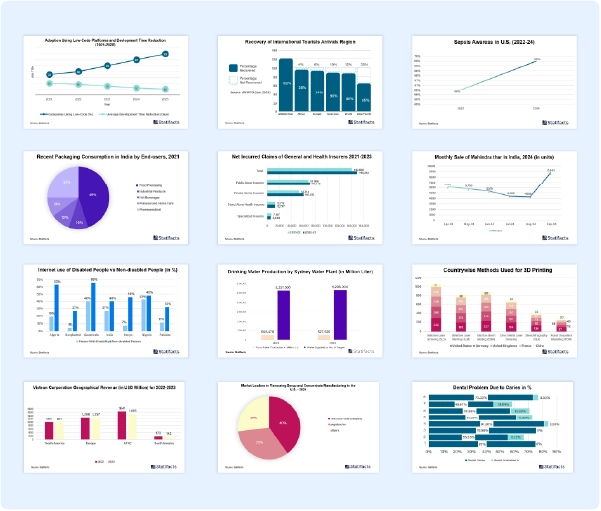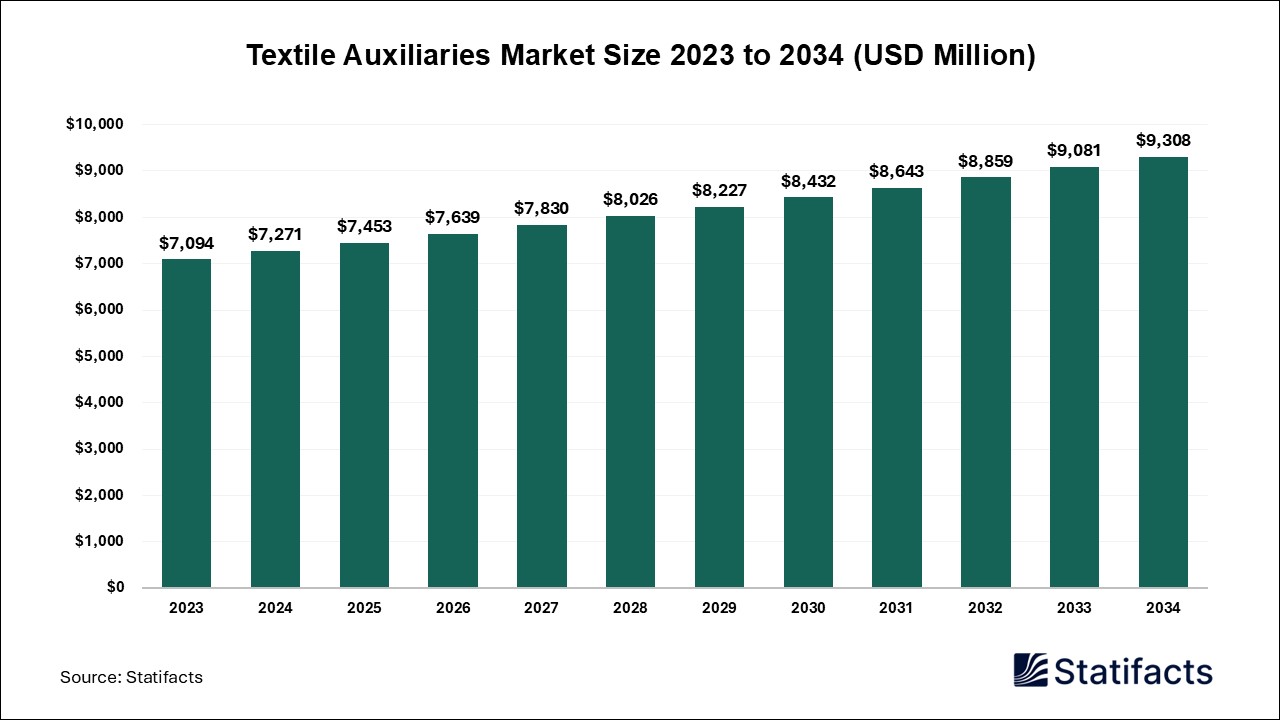

Our customers work more efficiently and benefit from
The U.S. revenue cycle management market size accounted for USD 172.94 billion in 2024 and is expected to exceed around USD 456.78 billion by 2034, growing at a CAGR of 10.2% from 2025 to 2034.
The U.S. revenue cycle management (RCM) market is experiencing rapid growth, fuelled by the increasing complexity of healthcare billing and the rising need for efficient financial management systems in healthcare organizations. RCM solutions integrate administrative and clinical functions to optimize revenue generation, improve cash flow, and reduce billing errors with the shift toward value-based care and the growing adoption of digital technologies.
The rising adoption of digital technologies, such as electronic health records (EHRs) and cloud-based platforms, has significantly enhanced revenue cycle processes in healthcare organizations. Digital RCM solutions automate tasks like claim submission, denial management, and payment reconciliation, leading to increased efficiency and reduced administrative burden. As healthcare providers strive to improve patient outcomes and streamline financial operations, the demand for advanced RCM tools is growing rapidly.
The transition of the U.S. healthcare system from fee-for-service to value-based care signifies the increasing importance of financial transparency and accountability. This has resulted in the increased adoption of revenue cycle management solutions whose specific design permits the establishment of real-time monitoring of performance in finance that is buttressed through the integration of clinical data into the wider billing system, thus supporting healthcare providers by maximizing revenue collections with support from clinical quality measures.
The healthcare spending spree in the U.S. largely drives the growth of the revenue cycle management U.S. revenue cycle management. An increase in the volume of patients coupled with the increased complexity of claims from insurance has tasked a number of healthcare organizations to develop RCM solutions to ensure the stable execution of their financial operations. Some other key propellers of this expansion include an increase in the prevalence of chronic diseases and an increasing elderly population that has been crying for smooth payment and other related operational processes.
Health systems might have a high upfront investment in RCM solutions, primarily due to software/hardware licensing, staff training, and system integration. These turn out to be crippling costs for smaller health companies, making the advanced RCM systems unattainable. The cost of owning the system includes annual technical support and updates. These parameters, out of concern, generally weaken the U.S. revenue cycle management growth.
The U.S. revenue cycle management is in for a revolution with AI's entry into automating labor-intensive processes and improving decision-making. With predictive analytics, AI-powered tools are helping healthcare institutions assess patients' payment behavior to minimize claim denials. AI also complements revenue cycle efficiency by detecting billing errors, enhancing coding accuracy, and automating mundane tasks like eligibility verification. With the inclusion of AI, RCM systems not only lower operational costs but also improve financial performance, and this serves as a growth engine for the market.
Cloud-based RCM platforms give scalability, cost-effectiveness, and real-time access, hence supporting the case for their adoption in healthcare systems, irrespective of their sizes. As an added benefit, the constantly increasing telemedicine and remote healthcare services will give rise to ever-higher demand for cloud-based RCM solutions. A remarkable opportunity for market growth with the incorporation of newer analytical tools in analytics leverages RCM systems to allow optimal collection by organizations, feedback on claim denial trends, and improvement in financial performance through data-derived insights. As we move towards patient-centered billing systems, with increasing importance given to patient satisfaction in value-based care models, the current trend provides RCM providers with good opportunities for service enhancement and competitive advantages. The U.S. revenue cycle management is poised for significant expansion in the coming years.
Published by Laxmi Narayan
For any questions about this dataset or to discuss customization options, please write to us at sales@statifacts.com
| Stats ID: | 7940 |
| Format: | Databook |
| Published: | February 2025 |
| Delivery: | Immediate |
| Price | US$ 1550 |


| Stats ID: | 7940 |
| Format: | Databook |
| Published: | February 2025 |
| Delivery: | Immediate |
| Price | US$ 1550 |

You will receive an email from our Business Development Manager. Please be sure to check your SPAM/JUNK folder too.

Unlock unlimited access to all exclusive market research reports, empowering your business.
Get industry insights at the most affordable plan
Stay ahead of the competition with comprehensive, actionable intelligence at your fingertips!
Learn More Download
Download
